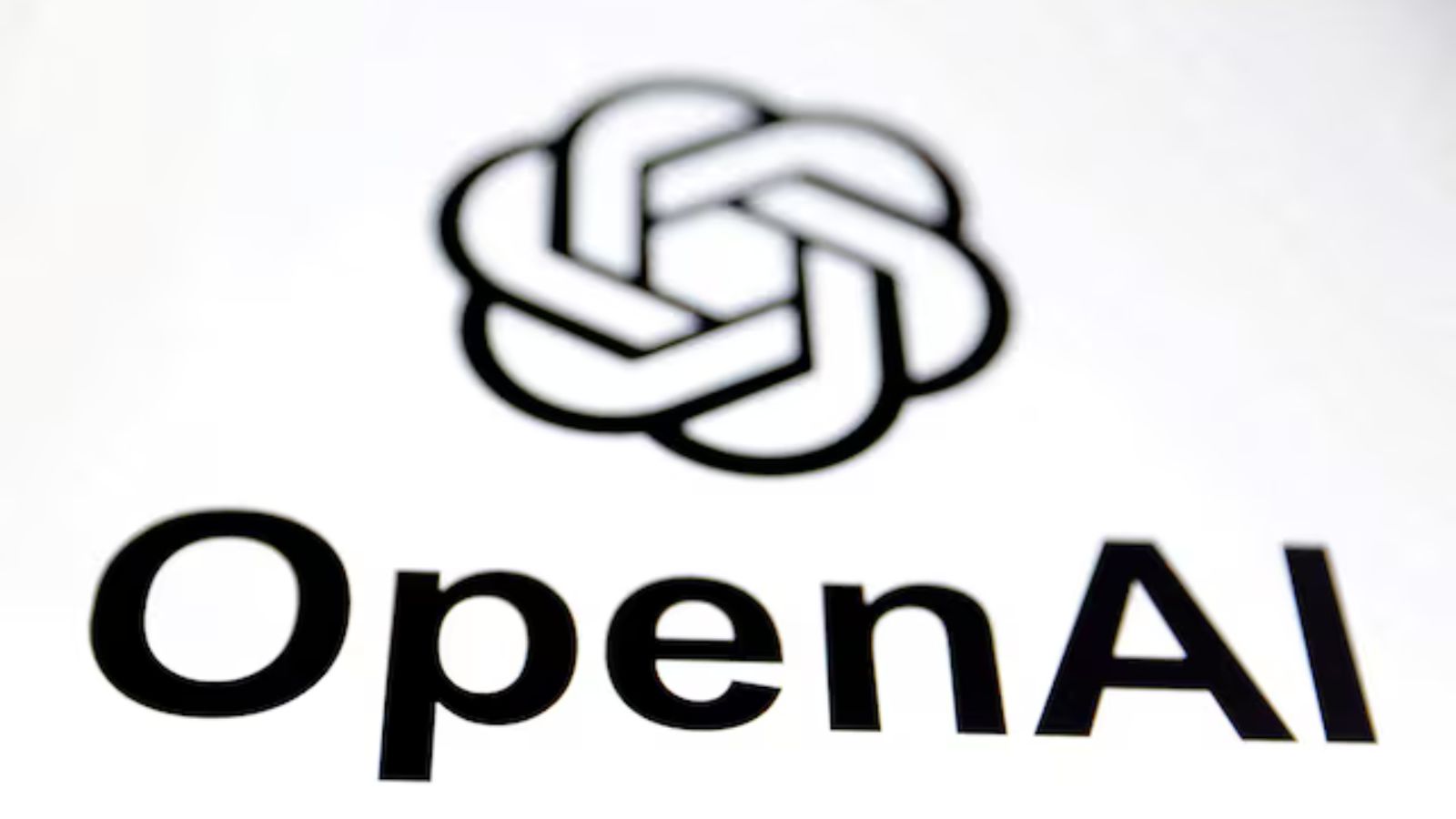The University of Liverpool has recently partnered with IES, a Glasgow-based climate technology firm, to create an operational performance digital twin for one of its campus buildings. The project resulted in energy consumption reductions of 23 percent and operational cost savings of £25,000.
By connecting live operational data from a building to a calibrated digital twin via the cloud, facilities managers can have a single pane view of live performance metrics. This allows them to test various refurbishment scenarios and identify the most effective ways to generate energy, carbon, and cost savings. Once improvements are made, the digital twin is upgraded with live data from the building management system and energy meters for calibration.
The university’s facilities management team now uses this digital twin to monitor and improve the building continuously. They benchmark against a simulated baseline to track performance, gain insights for improvement in energy, carbon, and comfort, and measure the ongoing impact of the refurbishment. The live feature also helps prevent operational drift by flagging any issues and allowing for prompt fixes.
This successful project has led the university to plan collaborating with IES to create digital twins for three more buildings in the next phase of work. This demonstrates the potential for significant energy savings and operational improvements by utilizing innovative tools and technologies.



